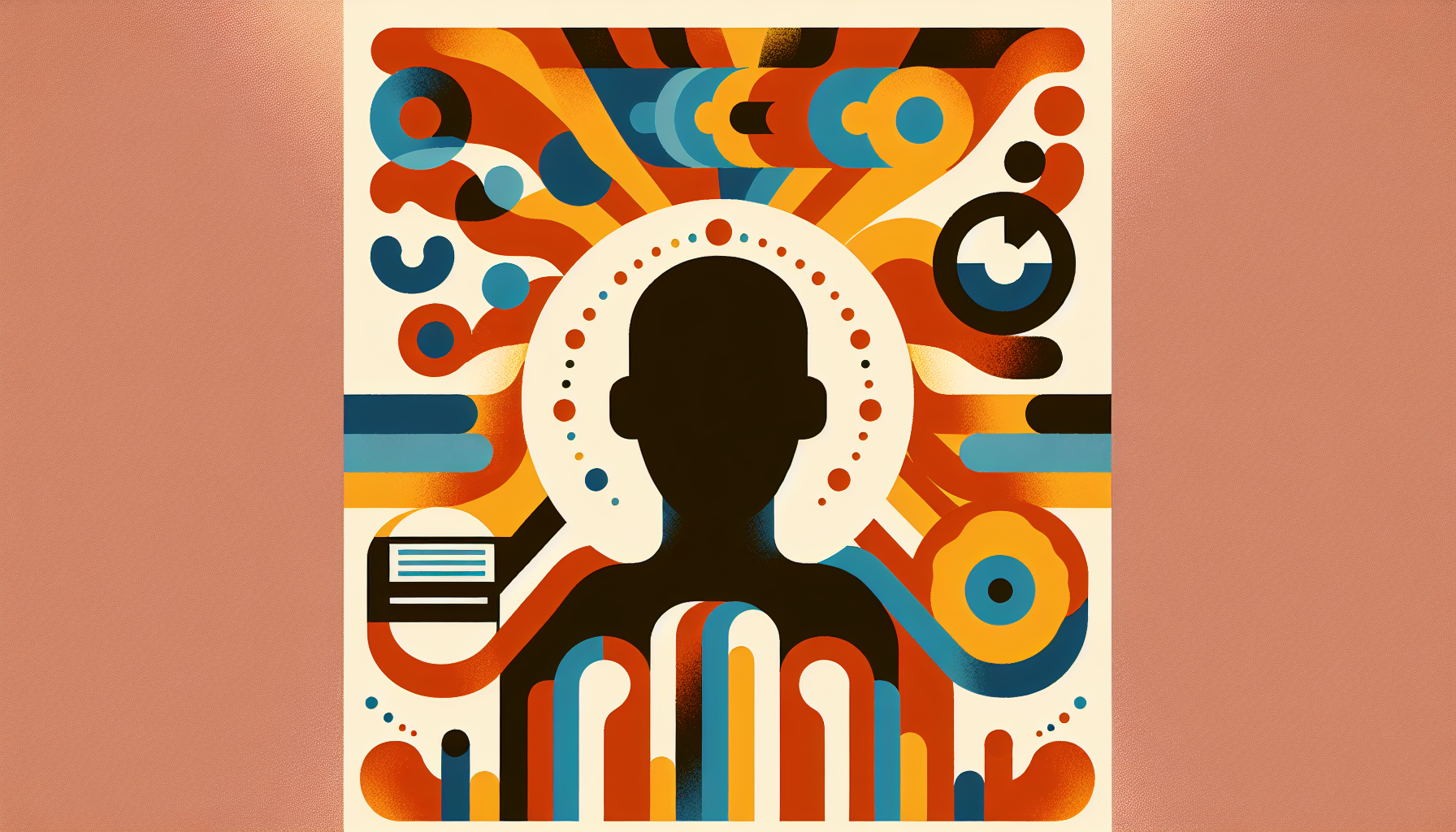We live in curious times. Artificial intelligence writes poetry, composes symphonies, paints abstract portraits, and yes, even pumps out blog posts like this one. We can ask an AI to paint a sunset in the style of Van Gogh while reciting a Shakespearean sonnet, and—voilà!—it will swiftly oblige. But here’s the philosophical crinkle: When AI creates, can we call it genuine artistry or inspiration, or is it just an elaborate, shimmering imitation?
Let’s stroll through the implications, coffee-mug in hand, and get to the heart of what makes something genuinely creative—whether in people, or in the machines we build.
What is Artistry, Anyway?
For centuries, humans thought art was the exclusive domain of human minds—Picasso, Mozart, Maya Angelou. Art seemed like the secret handshake of consciousness, mixing emotion, intention, and imagination. Artists are often driven by personal history, pain, joy, and sometimes, just boredom. They capture something about the world or themselves, transmitting it so others feel something, too.
But the arrival of AI prompts us to reconsider. AI can paint, write, and even make people feel. But does it have the spark of creativity, or is it just mimicking what’s already been done? As with most good questions, the answer is… complicated.
Algorithms, Inspiration, and a Pinch of Intention
AI works differently from artists. It learns from patterns—ingesting mountains of data (artworks, music, stories) and then producing new pieces based on what it’s learned. Some AI systems “mix and match” like a patchwork quilt; others get a little more inventive, building things that surprise even their programmers. Sometimes their creations are breathtaking. Sometimes they look like the digital equivalent of finger-painting by a distracted squirrel.
The sticking point is intention. Human artists usually want to say or do something. A painter might want to convey grief, hope, or the cosmic absurdity of Monday mornings. AI, on the other hand, doesn’t mind Mondays, or anything else. It doesn’t want, it doesn’t feel, it just does.
So if AI can’t feel or intend, how can it be inspired? Or does creativity require something more than just shuffling data in interesting ways?
The Illusion of Machine Muse
Suppose you see an AI-generated painting, and it moves you. You’re swept away, even though it’s “just” digits on a screen. Does it matter that no human hand guided the brush? Or that the “artist” never had a moment of ecstatic insight or quiet doubt?
Some say yes: true artistry is about the story behind the creation—the struggle, the emotion, the leap into the unknown. Without that, it’s technically impressive, but missing the deeper human connection.
Others argue: if it evokes feeling or provokes thought, it’s art, no matter the source. Why discriminate just because the artist doesn’t have a pulse or a fondness for canvas-stained jeans? If AI helps us see the world differently, isn’t that the point?
Can Machines Be Inspired?
Maybe the most overlooked question is whether “inspiration” is as mysterious as we think. Neuroscience tells us our own moments of inspiration can be traced to circuits firing in predictable (if exceedingly complex) ways. Creativity is pattern-breaking, but it’s also pattern-making: connecting disparate ideas in new and useful ways.
AI does this, too, albeit without the benefit (or burden) of a childhood, heartbreak, or caffeine dependency. You can train an AI to look for the “unexpected” or novel, generating output humans would never imagine. The unpredictability can sometimes feel like genuine inspiration. Even the creators of advanced AI systems are occasionally surprised by their machines’ output—ceaseless, algorithmic, but sparkling.
At what point is the source of creativity less important than the effect?
The Human Factor: Co-Creation and Curation
Here’s a twist: most admired AI art today is a collaboration. Humans provide prompts, tweak algorithms, select the best outputs, or mash up ideas in new and clever ways. AI becomes more of a creative partner—a strange, tireless collaborator who doesn’t mind working weekends.
In fact, many artists are excited about these new tools. AI opens new vistas, helping us imagine things we couldn’t on our own. Others, understandably, are anxious about the meaning of authorship and the future of human artistry. Will we be replaced by our own tools, or will we use these tools to reach even greater creative heights? Picasso with a neural network, if you will.
So, What Counts as Genuine Artistry?
There is no Supreme Court of Artistic Authenticity (if only!). What moves us, intrigues us, or makes us think often counts more than whether the creator is made of flesh or code. If AI-produced work connects with a human audience—if it sparks a laugh, a gasp, a heated debate—then in a way, the circle of artistry is complete.
But intention still haunts the conversation. Perhaps true artistry, as we humans understand it, lies not just in the act of making, but in the act of meaning. AI is capable of dazzling acts of synthesis and surprise, but today, it doesn’t “mean” anything by its output. It creates, but it’s not the creator—at least not yet.
The Next Chapter
Maybe the most honest stance (philosophers love a good hedge) is that we’re in the middle of a grand experiment. We don’t know what AI will become as it gets more powerful, more nuanced, maybe even more “aware” of itself. For now, AI is a new kind of creative mirror—reflecting our tastes, our questions, even our anxieties about what makes us human.
In the end, perhaps the test of artistry isn’t the biography of the artist, but the life the art takes on in the mind of whoever encounters it. If an AI masterpiece moves you, confuses you, or inspires you, maybe that’s reason enough to let it into the gallery of the genuinely creative.
And if someday a machine actually ponders the meaning of a Monday, art may never be the same again.

Leave a Reply